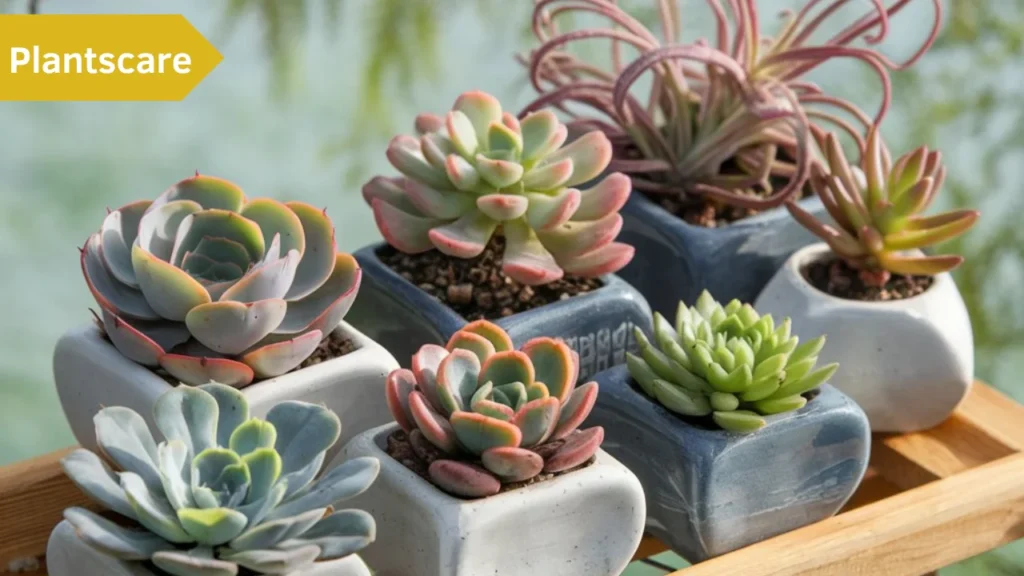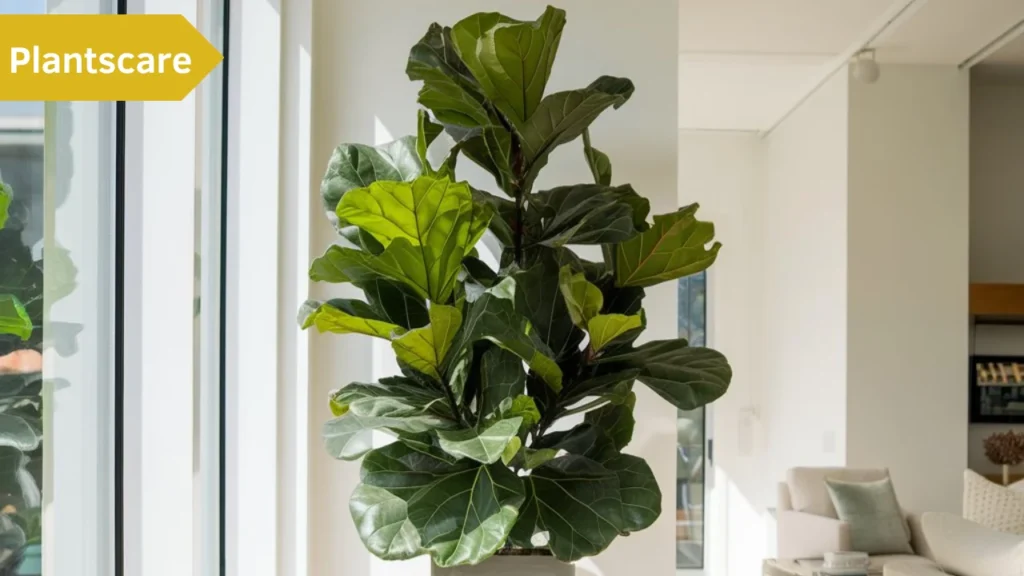Indoor plants are a fantastic way to bring a touch of nature into your home, but not all plants thrive under the same conditions. One of the most crucial factors for plant health is sunlight. While some plants can survive with minimal light, others need full, direct sunlight to thrive. In this article, we’ll explore “Indoor Plants That Like Direct Sunlight” sunlight and how you can care for them to keep them healthy and vibrant.
What Is Direct Sunlight?
Before we dive into specific plants, it’s essential to recognize what “direct sunlight” means. Direct sunlight refers to the sun’s rays hitting the plant without any obstruction. If you place a plant on a windowsill where sunlight streams in for several hours a day, it’s likely receiving direct sunlight.
On the other hand, indirect sunlight is when the plant is in a bright room but not directly in the path of the sun’s rays. Knowing the difference helps in determining which plants will flourish in which parts of your home.
Benefits of Growing Indoor Plants That Like Direct Sunlight
Boosting Plant Growth
Plants that thrive in direct sunlight typically grow faster and healthier because they get the amount of light they need to carry out photosynthesis efficiently. These plants tend to have more vibrant colors and better overall health.
Aesthetic and Air-Purifying Benefits
Beyond just looking good, plants that grow well in direct sunlight can add a fresh and natural aesthetic to your home. Many of these plants are also known for their air-purifying qualities, helping to cleanse your indoor environment of toxins.
Top Indoor Plants That Thrive in Direct Sunlight
Now that you know the basics of direct sunlight, let’s get into the specific plants that love basking in the sun.
1. Aloe Vera
Aloe Vera is a versatile plant known for its medicinal properties, and it loves bright, direct sunlight. Placing it in a sunny windowsill will not only keep it happy but will also encourage its growth. Be sure to water it sparingly, as Aloe Vera prefers dry conditions.
2. Snake Plant (Sansevieria)
Snake Plants are hardy and can adapt to various lighting conditions, but they truly thrive in direct sunlight. Their tall, upright leaves make them an excellent choice for corners or small spaces that get a lot of light. They’re also incredibly low-maintenance, making them perfect for busy plant lovers.
3. Succulents
Succulents, with their fleshy, water-retentive leaves, are ideal for direct sunlight. Varieties like Echeveria, Haworthia, and Sedum are perfect for sunny spots. Make sure not to overwater them, as too much moisture can lead to root rot.

4. Cacti
Much like succulents, cacti are built to withstand extreme sun and dry conditions. They thrive in direct sunlight and are incredibly low-maintenance. Varieties like the Saguaro, Barrel Cactus, and Christmas Cactus do particularly well indoors with ample sunlight.
5. Fiddle Leaf Fig
While the Fiddle Leaf Fig can tolerate indirect light, it grows best in bright, direct sunlight. If you’re looking for a larger statement plant, this is a fantastic option. However, be mindful of its watering needs—too much water can lead to root rot, but too little can cause leaf drop.
6. Croton Plant
The Croton Plant is famous for its strikingly colorful leaves, which become even more vibrant when exposed to plenty of sunlight. However, Crotons are a bit more high-maintenance and need frequent misting and a regular watering schedule to prevent leaf drop.
7. Jade Plant
Jade Plants are easy to care for and thrive in sunny conditions. They are slow-growing but incredibly resilient, making them a great choice for beginners. Just remember to let the soil dry up in between applications of water.
Tips for Positioning Indoor Plants in Direct Sunlight
If you’re looking to place sun-loving plants in your home, south-facing windows are ideal, as they receive the most consistent sunlight throughout the day. East-facing windows are great for morning sun, while west-facing windows provide strong afternoon light.
Additionally, it’s a good idea to rotate your plants occasionally to ensure even growth on all sides. Some plants may lean toward the light, so rotating them helps maintain balance.
Common Problems for Sun-Loving Indoor Plants
Even plants that thrive in direct sunlight can sometimes get too much of a good thing. If you notice browning or burnt edges on the leaves, this could be a sign that your plant is getting too much sun. You can mitigate this by moving the plant slightly away from the window or by using sheer curtains to filter the light.
How to Transition Plants to Direct Sunlight
If you’re moving a plant from a shady spot to a sunnier location, it’s essential to make the transition gradual. Sudden exposure to intense sunlight can cause shock and burn the leaves. Start by placing the plant in indirect sunlight for a few hours each day, gradually increasing the exposure.

Conclusion
Growing indoor plants that love direct sunlight can be a rewarding experience. These plants not only enhance the aesthetic of your space but also provide health benefits through air purification. With the right care and positioning, your sun-loving plants will thrive and bring a slice of nature indoors.
FAQs
Can I grow succulents indoors without direct sunlight?
Succulents prefer direct sunlight, but some varieties can adapt to bright indirect light. Use grow lights if there is not enough natural light.
How do I know if my plant is getting too much sunlight?
Signs of too much sunlight include scorched, brown leaf edges and drooping leaves. Move your plant slightly away from the direct sun if you notice these symptoms.
How often should I water plants that like direct sunlight?
Most sun-loving plants prefer dry conditions between waterings. Prior to rewatering, the soil should always be allowed to dry fully.
Can direct sunlight damage indoor plants?
Yes, too much direct sunlight can cause leaf burn, especially for plants not acclimated to such light. Keep an eye out for any signs of stress in your plants.
What’s the best window for plants that need direct sunlight?
South-facing windows provide the most consistent sunlight, but east and west-facing windows can also work well depending on the time of day.